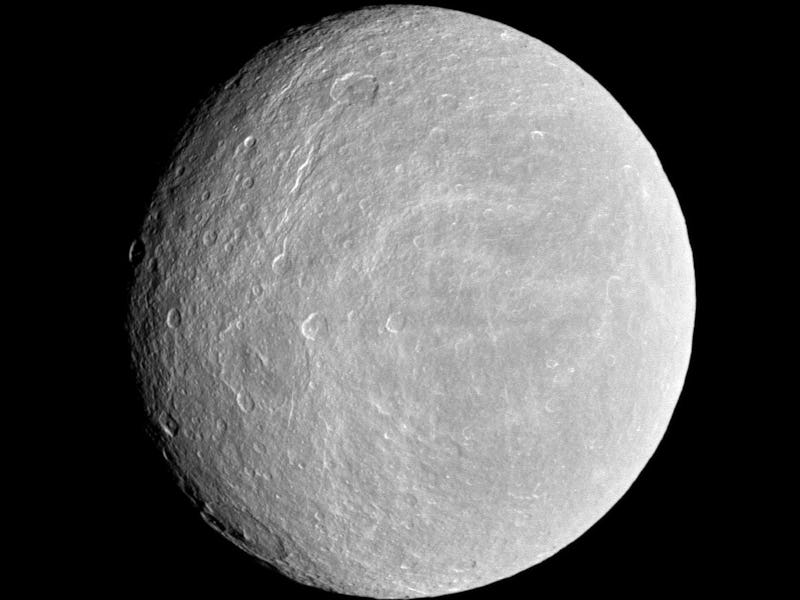Russia-China Moonbase: The U.S. now has a critical choice to make

In a move that will likely reconstruct the stage of space science and geopolitical affairs on Earth, officials for Russia and China have announced that they are working together to develop a space station on the Moon, in its orbit, or both.
What happened — The two nations signed the agreement Tuesday for the cooperative construction of international lunar research stations to carry out scientific exploration of the Moon, shifting the narrative from a previously U.S.-centric Moon exploration program.
An announcement (in Mandarin) makes it plain: The two countries will “jointly develop a road map for the construction of an international lunar scientific research station, and to build an international lunar scientific research station.”
The International Lunar Research Station will act as a base for multidisciplinary scientific research, exploration and utilization of the Moon, and long-term autonomous operation, according to the announcement.
In this image released by the Chinese government, officials in China meet with officials with Roscosmos, the Russian space agency, via video conference to announce their plans to build a moon base.
The “alternative” to America — Isabelle Sourbes-Verger, a researcher at the French national center for scientific research, says that while the announcement remains vague, it shows a degree of openness and cooperation on a global scale.
“It also shows a joint willingness on the part of Russia and China to present themselves as an alternative to the current United States leadership on Moon exploration,” Sourbes-Verger tells Inverse.
There are two paths the U.S. could take in response, Sourbes-Verger says:
1. “They can emphasize the magnitude of their return to the Moon and its credibility, compared to the Russian-Chinese announcement.”
That first option seems to apply the sandbox philosophy — there’s enough room for both efforts in the “sandbox,” which is the Moon in this case.
2. Alternatively, the U.S. could also “insist on the need to further increase their effort to better secure a unique role on the Moon.”
This second more confrontational option would seek to change or even halt the Russia-China plan altogether.
Whether it’s one of those options or a third remains to be seen, but NASA’s intentions to get back to the moon have been going on for years.
What NASA is planning — The goal of sending humans back to the Moon by 2024 might have felt like a literal moonshot, given the aggressive timelines.
But that remains the goal of the ambitious Artemis Program. Unlike the Apollo Program, NASA Artemis aims to build a sustainable human presence on the Moon via a permanent lunar base and an orbiting “lunar gateway” for missions beyond the Moon.
NASA plans on building a permanent base camp for astronauts on the Moon.
By signing the recent agreement, Russia and China are essentially distinguishing themselves from the U.S. by taking a cooperative approach rather than an American-centric one, according to Sourbes-Verger.
A decades long race continues — The 1969 Moon landing is considered a victory for the U.S. that far outshines any early Russian achievements in space, despite the USSR winning the race to launch the first satellite to orbit in 1957 with Sputnik I. Russia attempted subsequent lunar missions but they were eventually called off.
Additionally, NASA recently signed an agreement with Elon Musk’s California-based private aerospace company SpaceX to transport astronauts to and from the International Space Station, a role previously monopolized by Russia.
“What will be interesting is to see how the U.S. will react.”
The ISS plays a similar role to the one proposed by the International Lunar Research Station. The ISS is approximately 250 miles above the Earth, orbiting our home planet rather than the Moon, and it is carrying both American and Russian astronauts.
What about China — Meanwhile, China is relatively new to space exploration, but the nation has made great strides in recent years with its Chang’e 4 lunar probe that was the first to land on the far side of the Moon in January 2019.
Shortly afterward, China’s Chang’e 5 mission returned samples from the lunar surface in December, 2020.
“China and Russia have been committed to cooperation in the fields of space technology, space science, and space applications,” the statement reads.
What’s next — Through their recent joint agreement, the two nations declared that they want to promote collaboration as part of the international space community.
“What will be interesting is to see how the U.S. will react,” Sourbes-Verger says.
This article was originally published on